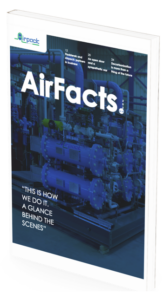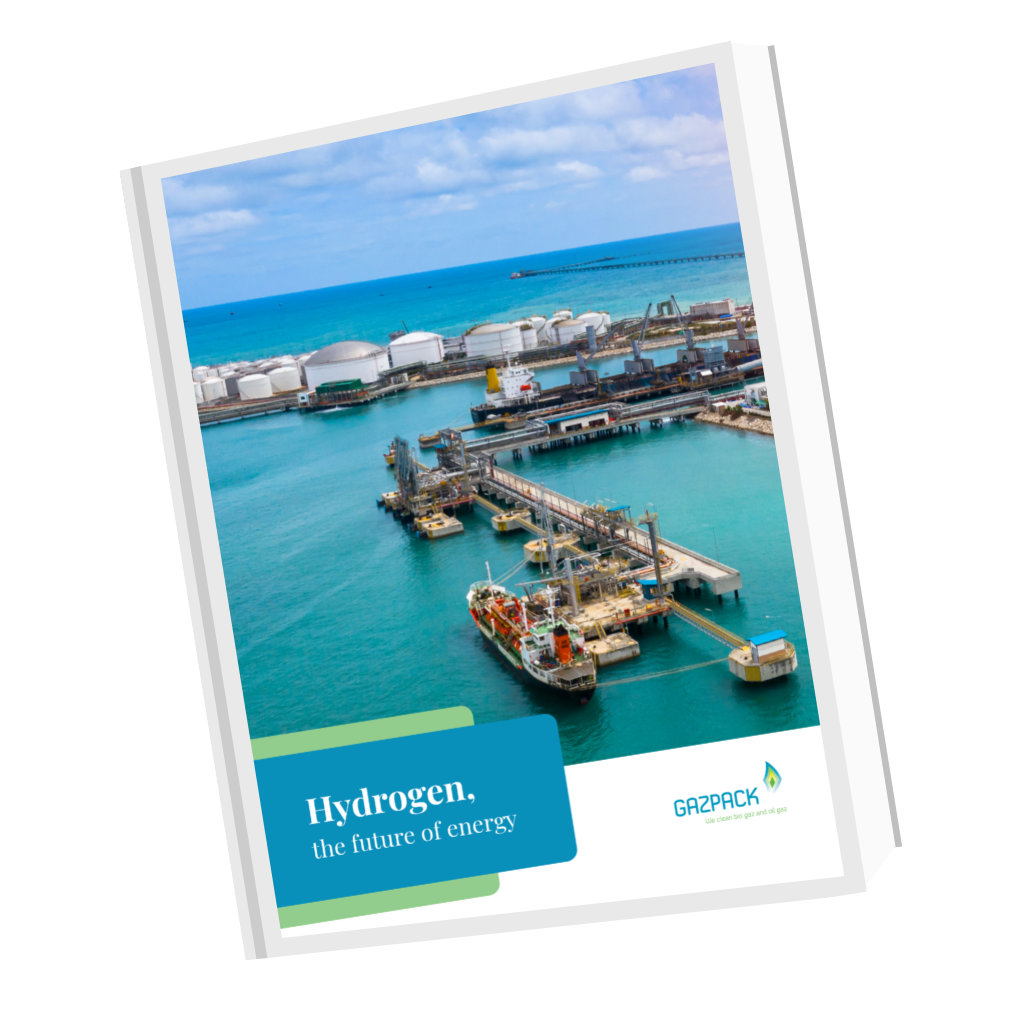Manure digestion for biogas from cow/pig/chicken manure
Looking to explore the world of biogas processing and handling solutions? Get instant access to our documents about biogas technology.
Biogas is a flammable gas made from the digestion of organic matter such as cow dung, kitchen waste, and industrial effluent. The technology involves channeling feedstock into a manure digester, which converts some of it into methane. In essence it means creating biogas from animal manure or biogas from animal waste in a manure biogas plant. Most farmers engage in biogas production from cow dung though chicken and pig waste are viable alternatives.
Biogas from cow dung (cow biogas)
Dairy waste is one of the most abundant sources of feedstock for digesters. For instance, 100 cows produce 6.25 tons of waste every day. However, the biogas from cow dung has high water content. The microbes in the digester convert 20-30% of volatile compounds into biogas. You can use cow dung as the only feedstock for your digester. A cow dung gas plant can be an efficient solution to manage and utilize this abundant waste product. Utilizing cow manure biogas production techniques, the plant can significantly reduce the environmental footprint associated with dairy farming while also providing a sustainable source of energy. The plant works by processing cow dung, and through anaerobic digestion, it transforms the waste into a rich source of renewable energy. Cow dung gas production, therefore, not only resolves waste management issues but also contributes to the production of clean, renewable energy, making it an innovative approach to sustainable farming and energy production with a dairy manure digester.
Biogas from pig manure
An adult pig produces around 5kg of manure every day. This waste is 90% water and 7% volatile solids, which can produce 4.8 cubic feet of biogas daily. It is not advisable to use pig manure alone because it has high nitrogen content and low amounts of carbon. It is also very alkaline, meaning that it can inhibit the growth of methane producing bacteria. Methanogens prefer acidic conditions. However, you can improve pig manure biogas production by mixing it with cow dung or biomass.
How big is an industrial biogas plant?
Biogas facilities the world over vary in size. The largest can produce over 1,000,000 tons of organic material. They can generate close to 1,000,000 megawatt-hours of electricity annually. Still, a biogas factory will be only as large as the need and demand require. Equally important is the availability of biomass to use as substrate material. Any biogas treatment plant design must account for the transportation and replenishment of biomass as well. Digester dimensions rest not only on substrate qusntity but also on how much time it is retained in the tank. So, while there are several imposing biogas power plants in the world — from Colorado to Mexico, Denmark to Israel — smaller facilities abound, creating energy and serving the goal of environmental stewardship.
Chicken manure biogas
Chicken manure is a suitable feedstock for digesters because 100kg of litter will produce approximately 20m3 of biogas. However, poultry waste has a high nitrogen content, which the microbes in a biogas plant struggle to digest. You can improve the quality of poultry biogas by mixing chicken waste with carbon-rich materials such as biomass or cow dung.
The Biogas production process
Currently, all the manure digester in the market process organic matter in the form of a slurry. While it is possible to digest dry manure, the fermentation is very slow and makes the system uneconomical. The addition of water increases the surface area available to the microbes that break down nitrogen into methane.
Collecting methane from cow manure
At the farm, the farmer gathers the manure and puts it in a collection tank. Inside the tank is a mixer that stirs it to achieve homogenization. The mixed liquid then goes through a macerator, which glides it into small particles. The homogenized paste is called slurry is the one that is fed into the anaerobic digesters for the production of biogas.
Inside the manure digester, microbes break down the organic matter into methane and nitrous oxide. To maintain the digester in good condition, you should add organic matter frequently. You can collect animal waste from other farms and factories and add it to the slurry to boost manure gas production.
Boosting digester efficiency
Biogas digesters are most efficient when working on organic waste with a neutral pH. The optimal temperature is around 35° C. while the ratio of carbon to nitrogen in the feedstock should be between 20:1 and 30:1. Most livestock manure is in the range of 25:1, which makes it ideal for biogas production. The solid concentration should also be low to enhance mixing and access by the microbes.
Biogas from cow dung contains carbon dioxide, methane, and hydrogen sulfide. Hydrogen sulfide (H2S) is highly corrosive and must be removed to protect the digester from damage. Most modern digesters have a desulphurization unit. The system allows air into this chamber to enable a special group of aerobic bacteria to convert the H2S into sulfur.
Biogas consumption
The most efficient digesters produce biogas comprising of 60% methane and 40% carbon dioxide. The biogas from manure has 60% of the energy capacity of natural gas. Therefore, it can replace conventional fuels in power generation and centralized heating systems. Comparative studies show it is competitive against most fossil fuels and almost at par with LPG and natural gas. If you intend to utilize biogas from manure for heating boilers and cooking, remove the water vapor by placing condensation traps along the gas lines.
Handling the waste
Only 25% of the feedstock is converted into biogas, meaning that you will have plenty of effluent after the volatile solids are exhausted. You can use the digestate as a fertilizer. This type of fertilizer is more nutritious than raw manure because it has a high concentration of nitrogen. It is also much easier for crops to absorb it than raw manure.
The digester converts over 80% of the nitrogen in the waste into ammonium nitrate, which is much higher than the 25% and 50% found in deep litter and slurry respectfully. This form of nitrogen is much easier for plants to utilize. However, ammonia is prone to leakage, so you should put the waste that you do not intend to use immediately in an airtight container. You can also press the substrate to remove excess water before drying and conditioning it to produce fertilizer pellets.
Biogas improves farm efficiency
Biogas digesters improve the sustainability of livestock farming by generating cow dung gas. It allows farmers to save on energy costs for both household and farm management. For instance, dairy farmers can use methane from cow dung to process milk while poultry farmers can use it to incubate eggs.
The processing of biogas from cow manure also lowers the amount of methane your farm releases into the atmosphere by converting most of it into carbon dioxide. Carbon dioxide is 25 times less damaging to the ozone than methane. The waste from the digester produces less stench than that from raw manure.
Final remarks
There are different types of biogas digesters, each of which is suitable for a particular category of feedstock. Always look for one that is suitable for livestock waste when installing a manure gas plant on your farm. Most digester suppliers provide comprehensive guidelines on how to mix various types of feedstock.
Your plant should also comply with local safety regulations because biogas is flammable and can cause explosions under certain conditions. It can also cause suffocation if one is exposed to it in a space without sufficient air circulation.




